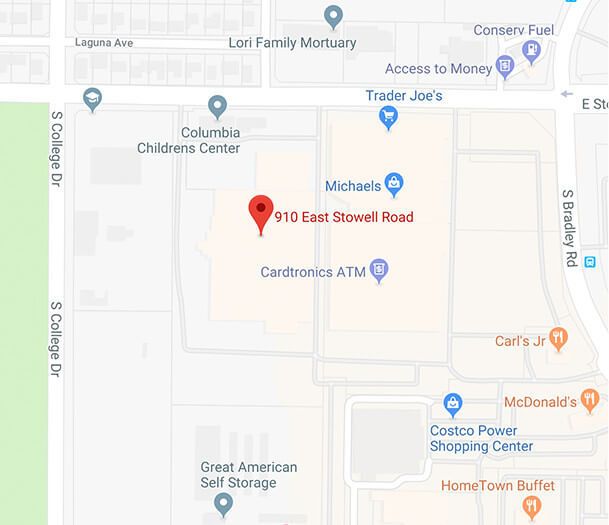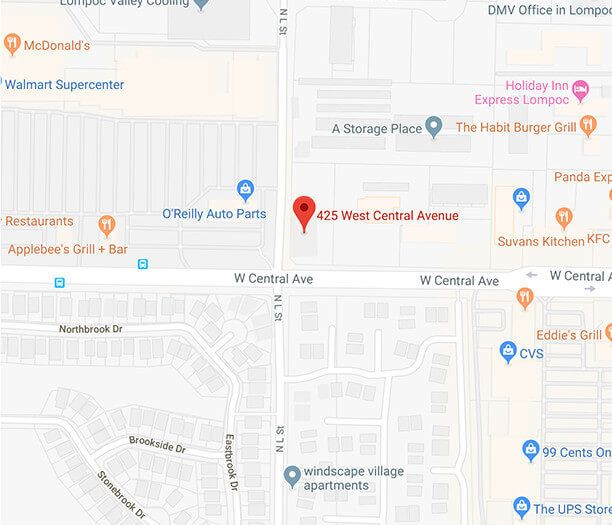Also called lens replacement surgery or clear lens extraction, may be a better option than LASIK, PRK or phakic IOL refractive surgery for people with presbyopia and high hyperopia (farsightedness).
Clear Lens Exchange (CLE) replaces your eye's clear natural lens with an artificial intraocular lens (IOL) to correct your refractive error and achieve sharper focus, reducing your need for reading glasses or bifocals.
While lens replacement surgery technically does not have FDA approval, some eye surgeons will perform the procedure off label in certain circumstances. This is legal and sometimes is the most effective way to correct particular vision problems.
Clear Lens Exchange typically is for people with presbyopia or extreme farsightedness, for whom LASIK, PRK or phakic IOL surgery generally are not suitable. If you have both presbyopia and moderate to severe hyperopia, RLE may be the only viable option for clear vision and minimal reliance on glasses after refractive surgery.
Lens replacement surgery also can correct myopia(nearsightedness), but generally it is not recommended when LASIK, PRK or phakic IOLs are available.
The procedure for clear lens exchange is virtually identical to cataract surgery. The difference is that in RLE, the lens being replaced is clear, rather than a cloudy lens due to a cataract.
As in cataract surgery, three types of IOLs are available to replace your natural lens, depending on your vision needs and the health of your eyes.
The procedure for clear lens exchange is virtually identical to cataract surgery. The difference is that in RLE, the lens being replaced is clear, rather than a cloudy lens due to a cataract.
The procedure for clear lens exchange is virtually identical to cataract surgery. The difference is that in RLE, the lens being replaced is clear, rather than a cloudy lens due to a cataract.
As in cataract surgery, three types of IOLs are available to replace your natural lens, depending on your vision needs and the health of your eyes.
Types of IOLs
Monofocal fixed-focus IOLs. Monofocal lenses provide clear vision at distance, intermediate or near ranges — but not all three at once. Toric IOLs to correct astigmatism also are classified as monofocal IOLs.
Multifocal IOLs. A multifocal lens provides clear vision at multiple distances.
Accommodating IOLs. An accommodating IOL is a type of monofocal lens that enables focus at multiple distances by shifting its position in the eye.
With intraocular lenses, there is no "one size fits all," and your eye surgeon will recommend an IOL that is most suitable for your individual needs.
Clear Lens Exchange:
The Procedure, lens replacement surgery usually takes about 15 minutes and is performed on an outpatient basis. Each eye is done separately, usually about a week apart.
Numbing anesthetic drops are used during CLE, so typically there is no discomfort, and most people report immediate vision improvement after surgery. Initial recovery from Clear Lens Exchange — when you can resume normal everyday activities — usually takes about a week. Final outcomes of clear lens exchange can take up to several weeks, and you may notice vision disturbances such as blurry vision, halos and glare, or a "scratchy" sensation as your eyes heal.
You should be able to return to work and resume driving within a week of surgery, dependent on your eye surgeon's instructions.
Normally, you won't feel an IOL in your eye, in the same way that you don't feel a dental filling for a cavity. And since the lens implant is inside your eye and not on the surface like a contact lens, it's not visible to others.
The artificial intraocular lens is a permanent replacement for your natural lens and is designed to last the rest of your life. Also, there is minimal risk of regression (loss of corrective effect or deterioration of vision) over time.



















